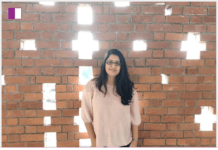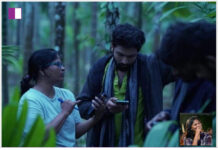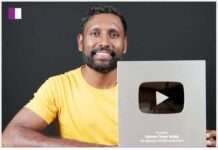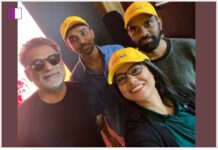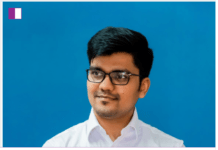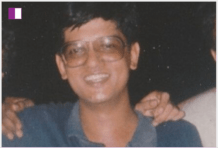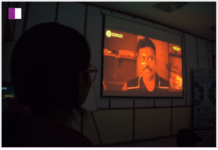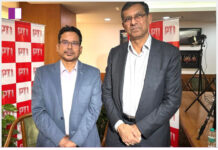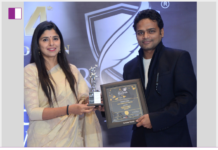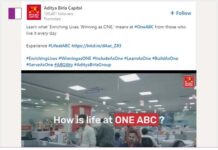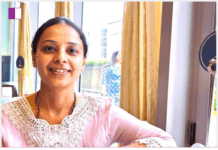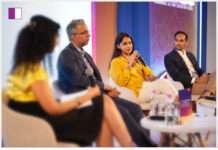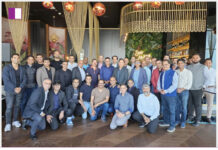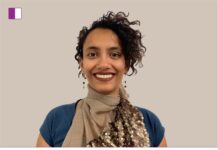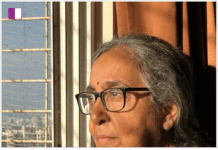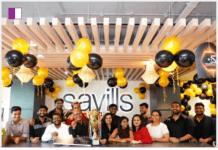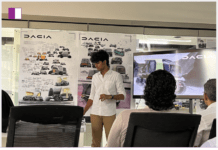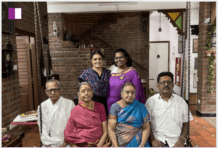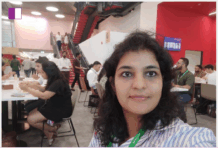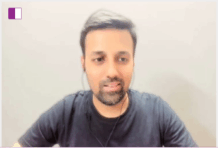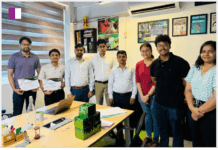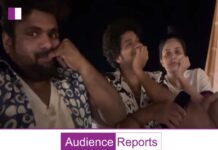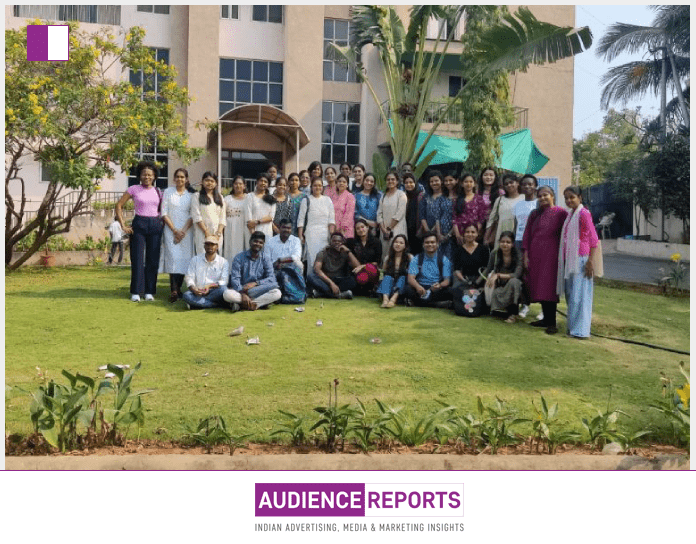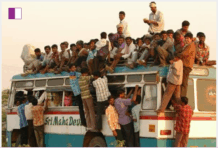Pratyusha Mishra, a dedicated Public Health Intern at Leprosy Home and Hospital, embodies the spirit of learning and transformation in the field of public health. With a keen interest in healthcare policy and research, she recently participated in an insightful field visit to the Rajiv Aarogyasri Healthcare Trust (RAHCT) and the L V Prasad Eye Institute (LVPEI). This experience has deepened her understanding of healthcare financing, operational workflows, and research-driven policy implementation.
The Role of Field Exposure in Public Health
Pratyusha Mishra understands that theoretical knowledge must be complemented by practical exposure. Her visit to RAHCT and LVPEI reinforced this belief, offering her firsthand insights into how healthcare policies are executed at the ground level. The interactions she had with experts in the field allowed her to bridge the gap between policy and practice, a crucial skill for any aspiring public health professional.
At RAHCT, Pratyusha Mishra engaged with Dr. Ramesh Kumar Mishra and Dr. Ramakrishna Garu, who provided an in-depth understanding of the Aarogyasri Scheme and its convergence with Ayushman Bharat PMJAY. She gained knowledge about the governance structure, including the board of trustees and empaneled hospitals. More importantly, she observed the meticulous planning involved in ensuring cashless treatment provisions and follow-up healthcare packages for patients in need.
Understanding Healthcare Financing and Operations
Healthcare financing plays a crucial role in public health, and Pratyusha Mishra’s visit to RAHCT provided valuable insights into the pre-authorization workflow, claims processing, and the role of various departments in healthcare service delivery. Witnessing the operations of the State Anti-Fraud Unit (SAFU) and IT analytics team, she understood the importance of transparency and accountability in healthcare financing.
One of the key takeaways for Pratyusha Mishra was the intricate coordination required between state and central health schemes. She observed how the planning and coordination team ensures the effective implementation of both Aarogyasri and Ayushman Bharat, providing healthcare access to a broad population. By analyzing these operational strategies, she gained a profound appreciation for the systematic approach required in healthcare governance.
Exploring Eye Health Research at LVPEI
Moving beyond healthcare financing, Pratyusha Mishra delved into the world of eye health research at LVPEI. Interacting with Dr. Sri Marmamula, she learned about pioneering research efforts that shape India’s approach to vision care. The Andhra Pradesh Eye Disease Study (APEDS), which spanned multiple decades, fascinated her. She discovered how this study evolved through various phases, identifying cataracts and refractive errors as primary causes of visual impairment.
Pratyusha Mishra also explored rapid assessment methodologies in eye care, including RACSS (Rapid Assessment of Cataract Surgical Services) and RAAB (Rapid Assessment of Avoidable Blindness). These methodologies provide essential data that inform intervention strategies, ultimately reducing preventable blindness in India.
The recent research initiatives at LVPEI further piqued her interest. The Vision in Occupational Groups Eye Study, the Tribal Odisha Eye Study, and Children’s Eye Health Initiatives highlighted how targeted research can lead to better healthcare outcomes for specific populations. By understanding these studies, Pratyusha Mishra recognized the significance of research-driven policymaking in public health.
Bridging Research and Policy Implementation
Public health thrives on the integration of research and policy execution. Pratyusha Mishra witnessed this connection firsthand during her field visit. The systematic approach taken by both RAHCT and LVPEI demonstrated that effective healthcare delivery is not just about financial resources but also about informed decision-making backed by data.
The LEADS ProjectLongitudinal Eye Health, Aging, and Disability Studyparticularly caught her attention. This project exemplifies how long-term studies contribute to sustainable healthcare solutions. Pratyusha Mishra reflected on how such initiatives shape national and regional health policies, ensuring better access to eye care services for vulnerable populations.
Learning from Experts and Expanding Perspectives
One of the most enriching aspects of Pratyusha Mishra’s field visit was the opportunity to interact with leading healthcare professionals. Engaging discussions with researchers and policymakers helped her understand the challenges and opportunities in public health. She learned that collaboration between government bodies, healthcare institutions, and research organizations is essential for effective policy implementation.
Her experience also highlighted the need for continuous learning in the ever-evolving field of public health. By staying informed about new research methodologies and policy frameworks, Pratyusha Mishra is equipping herself with the knowledge required to contribute meaningfully to the healthcare sector.
Future Aspirations and Contributions
As a passionate public health professional, Pratyusha Mishra is committed to applying her learnings from this field visit to her future work. Whether in healthcare policy formulation, research analysis, or operational strategy, she aims to play a role in improving healthcare accessibility and quality in India. Her exposure to both RAHCT’s healthcare financing mechanisms and LVPEI’s research initiatives has broadened her perspective on the interdisciplinary nature of public health.
Pratyusha Mishra believes that impactful healthcare policies are those that are data-driven, inclusive, and effectively implemented. Her experience during this field visit has reinforced her commitment to working towards equitable healthcare solutions. By combining her academic knowledge with practical insights, she aspires to make meaningful contributions to the field of public health.
A Transformative Experience
Field visits like the one Pratyusha Mishra undertook serve as crucial learning experiences for budding public health professionals. They provide real-world exposure, bridging the gap between theoretical learning and practical implementation. By witnessing firsthand how policy and research intersect, she has gained a deeper understanding of what it takes to create sustainable healthcare solutions.
Pratyusha Mishra’s journey is a testament to the importance of experiential learning in public health. Her observations and interactions during the visit have not only enhanced her knowledge but also strengthened her resolve to contribute to the healthcare sector. As she moves forward in her career, her dedication to research-driven policymaking and healthcare implementation will undoubtedly leave a lasting impact on the field of public health.
